13 Golden Rules To Become The Best Cat Parent
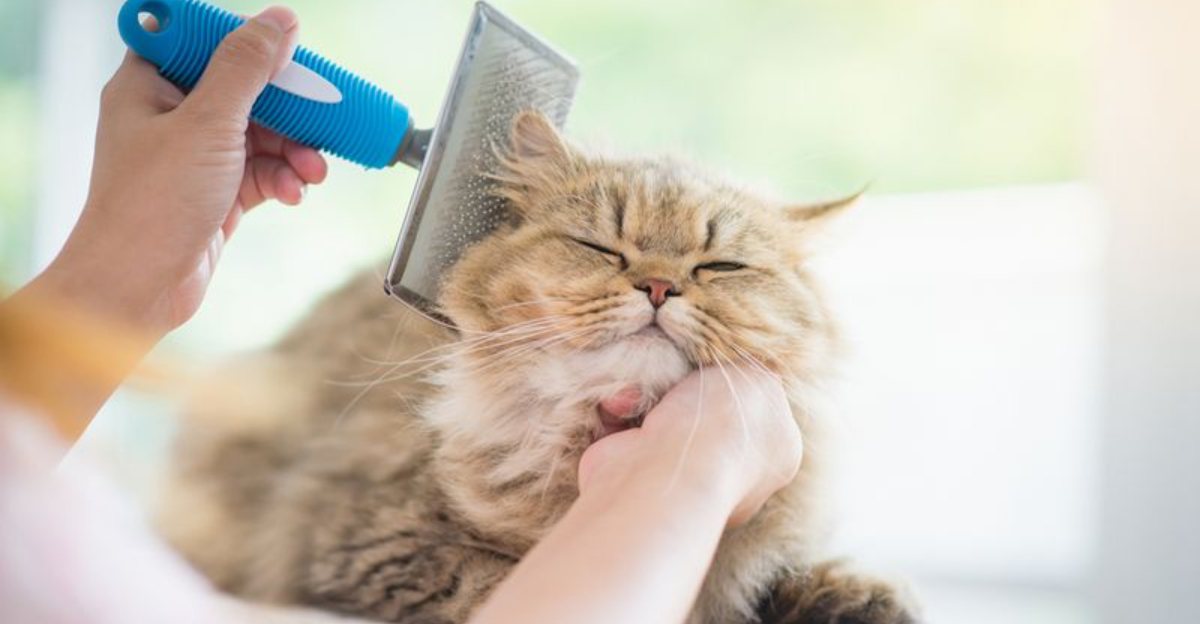
Ever wondered what makes a truly exceptional cat parent? It’s more than just filling the food bowl and changing litter.
Creating a loving, safe, and stimulating environment for your feline friend requires understanding their unique needs and behaviors. These thirteen golden rules will transform you into the cat parent your furry companion deserves.
Feed Quality Food At Regular Times

Mealtime matters tremendously to your whiskered friend. High-quality cat food packed with real protein should be the foundation of their diet.
Establish consistent feeding schedules that align with your cat’s natural hunting instincts – typically small meals throughout the day. Watch portion sizes carefully as indoor cats can easily become overweight.
Create Vertical Space For Climbing
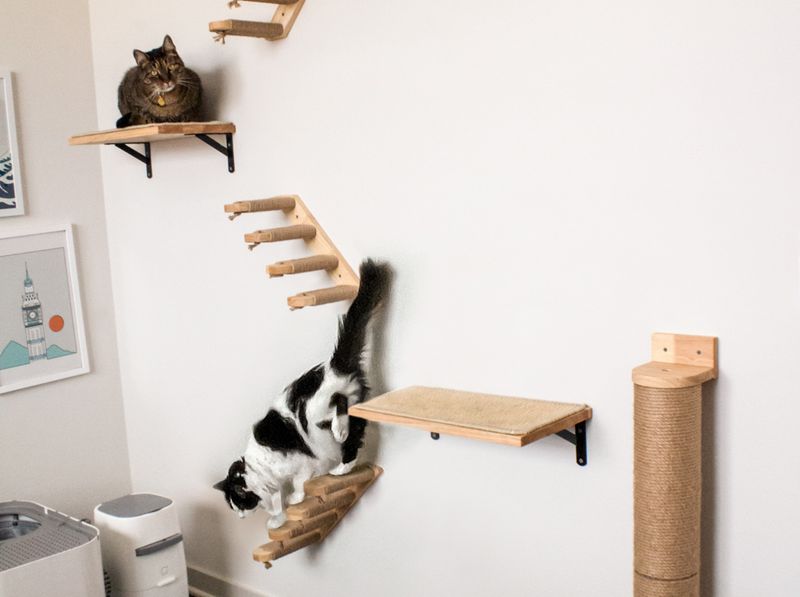
Cats naturally crave elevation! Providing tall cat trees, shelves, or window perches satisfies their instinctual need to survey their territory from above.
Vertical spaces also serve as exercise opportunities and safe retreats when they need alone time. Even in small apartments, wall-mounted shelves can create feline superhighways that keep your cat physically and mentally stimulated.
Master The Art Of Litter Box Management
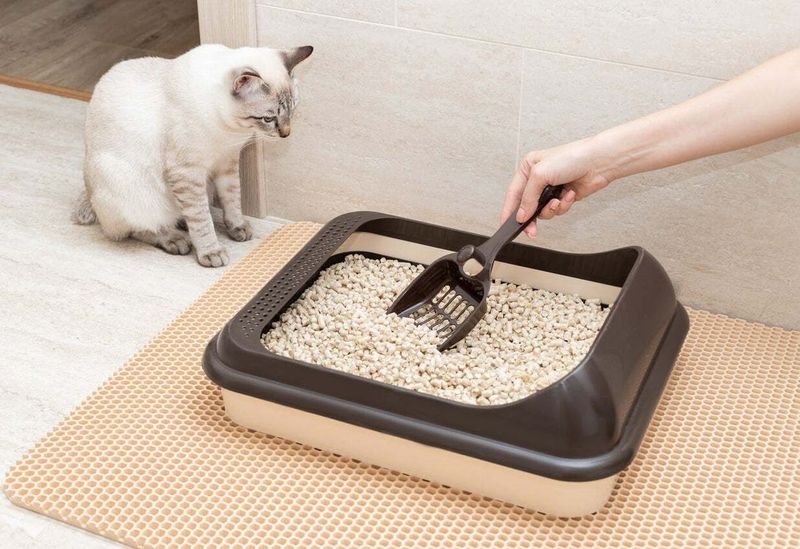
Litter box cleanliness ranks among your cat’s top priorities. Scoop daily and change litter completely at least weekly to prevent avoidance behaviors.
The golden ratio? One more box than the number of cats in your home, placed in quiet, accessible locations. Experiment with different litter types to find what your particular feline prefers – some cats have strong opinions about texture!
Schedule Regular Veterinary Check-ups

Yearly wellness visits catch potential health issues before they become serious problems. Cats excel at hiding illness, making professional examinations crucial.
Keep vaccinations current and discuss parasite prevention with your vet. Establish a comfortable carrier routine long before appointments – leave it out with treats inside so your cat doesn’t associate it only with stressful trips.
Embrace Daily Play Sessions
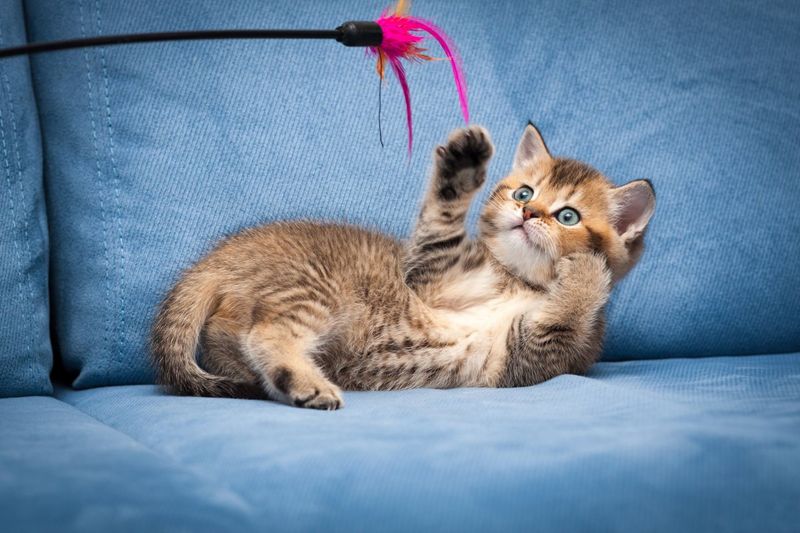
Wand toys, crinkle balls, and laser pointers aren’t just fun – they’re essential for your cat’s physical and mental health.
Aim for at least two 10-15 minute play sessions daily. Rotate toys regularly to maintain interest. Remember that play mimics hunting, so end sessions with a “catch” to satisfy their predatory instincts. Interactive toys can provide stimulation when you’re away.
Learn Cat Body Language Fluently

Slow blinks, ear positions, and tail movements tell you exactly how your cat feels. A vertically held tail with a slight curve at the tip signals happiness, while flattened ears indicate fear or aggression.
Pay special attention to purring – contrary to popular belief, it doesn’t always signal contentment. Cats sometimes purr when stressed or in pain. Learning these subtle cues helps you respond appropriately to your cat’s needs.
Provide Appropriate Scratching Surfaces

Scratching isn’t naughty behavior – it’s a biological necessity for cats to maintain claw health and mark territory. Offer both horizontal and vertical scratching options with different textures.
Place scratchers near sleeping areas and in social spaces where your cat spends time. Sprinkling catnip on new scratchers can increase appeal. Remember to trim claws regularly as part of your grooming routine.
Establish A Grooming Routine
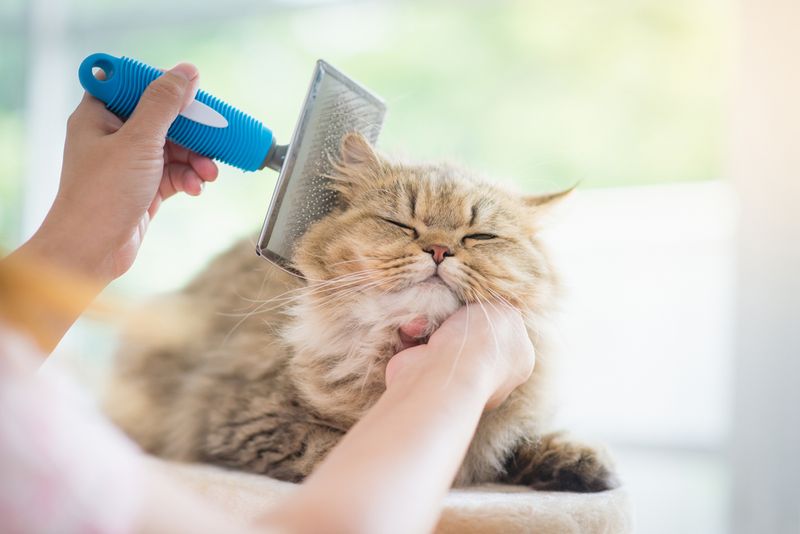
Brushing does more than reduce hairballs and shedding – it’s bonding time! Short-haired cats benefit from weekly brushing, while long-haired friends need daily attention to prevent painful mats.
Start grooming sessions when your cat is relaxed, keeping them brief and positive. Beyond brushing, check ears for cleanliness, trim nails regularly, and brush teeth with cat-specific toothpaste to prevent dental disease.
Create Safe Outdoor Experiences
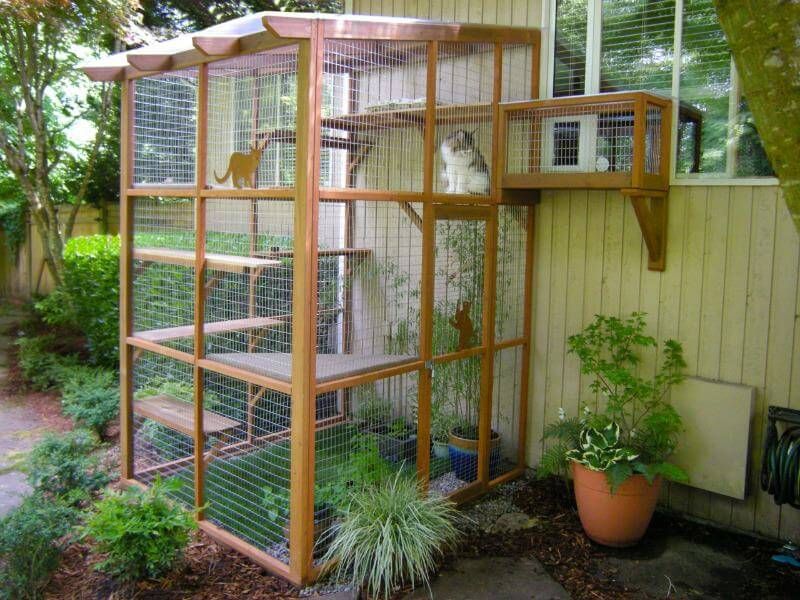
Fresh air enriches your cat’s life without the dangers of free-roaming. Catios (cat patios), window perches, and harness training offer supervised outdoor adventures.
Start harness training indoors, rewarding with treats and praise. For balcony-dwelling cats, ensure spaces are securely enclosed with cat-proof netting. Even opening windows with secure screens provides sensory stimulation through sounds and smells.
Respect Their Need For Personal Space

Cats treasure their independence and require hiding spots throughout your home. Provide cozy caves, elevated perches, and quiet corners where they can retreat when overwhelmed.
Never force interaction – let your cat initiate cuddles on their terms. Teach children to recognize when kitty needs space. This respect builds trust and often results in a more affectionate relationship over time.
Enrich Their Environment With Variety

Mental stimulation prevents boredom-related behavior problems. Puzzle feeders, window perches with bird views, and rotating toys keep curious minds engaged.
Consider growing cat-safe plants like wheatgrass for nibbling. Even cardboard boxes and paper bags provide novel exploration opportunities. Rearranging furniture occasionally creates new territory to investigate, keeping your cat’s environment fresh and interesting.
Maintain A Consistent Routine

Predictability provides security for cats who thrive on knowing what comes next. Consistent feeding times, play sessions, and even bedtime rituals reduce stress.
When changes are necessary, introduce them gradually. Moving furniture? Do it in stages. New pet or baby? Create positive associations with scents and sounds before the actual introduction. Your cat will appreciate your consideration during transitions.
Practice Patience During Adjustment Periods
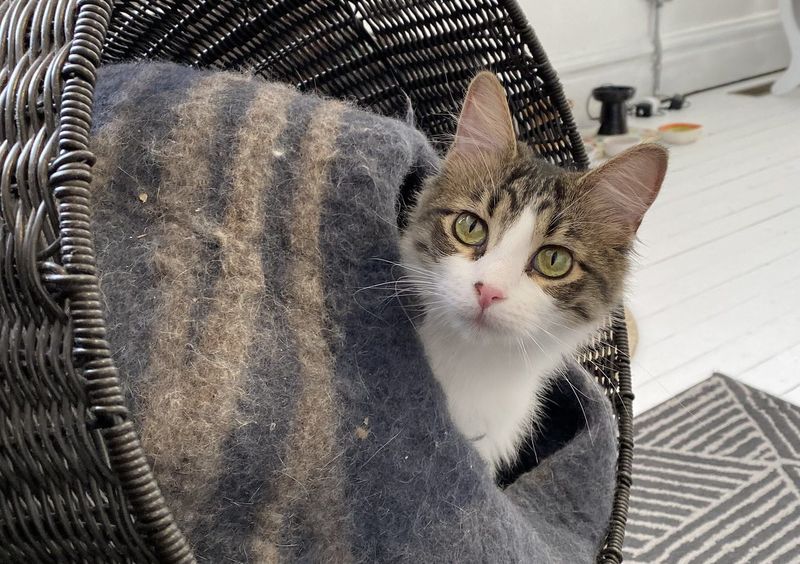
Newly adopted cats need time to feel secure – sometimes weeks or months. Create a small sanctuary room with all essentials where your new friend can adjust gradually.
Respect their pace when integrating into your household. Sit quietly in their space, offering treats without demands. For shy cats, interactive toys can bridge the social gap. Remember, the patience you show now builds the foundation for your entire relationship.






